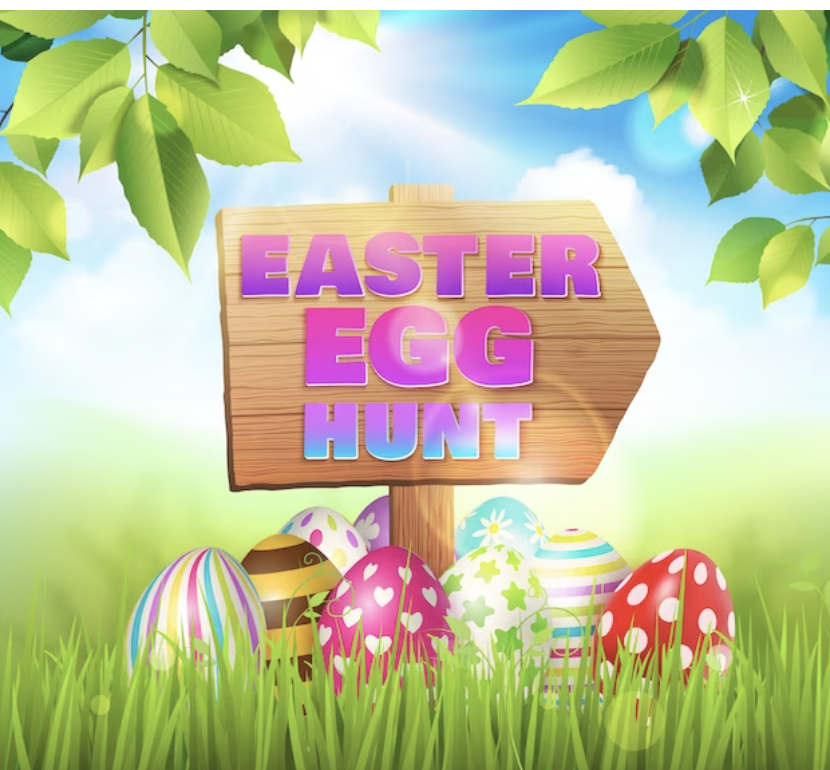Teaching children about "Spring forward," or the practice of setting clocks forward one hour in the spring for Daylight Saving Time, can involve explaining the concept of time adjustment and its purpose. Children can learn that during spring, we move our clocks ahead by one hour to make better use of daylight hours, allowing for more daylight in the evenings. Emphasizing the idea of longer days and more time for outdoor activities can help children understand the practical significance of this change. Additionally, discussing the importance of routines and adapting to changes in time can instill a sense of responsibility and awareness of time management in children.
Spring is a time of New Beginnings and children look forward to so many events. Here is a fun word search for you to share. It's free.
Spring is busy this year with an early Easter as well. How do people celebrate Easter?
Easter is celebrated in various ways around the world, often blending religious traditions with cultural customs. Here are some common ways people celebrate Easter:
- Attending Church Services: For many Christians, Easter is a deeply religious holiday commemorating the resurrection of Jesus Christ. They attend special church services, which may include sunrise services, vigils, or Mass.
- Easter Egg Hunts: One of the most popular Easter activities for children is the Easter egg hunt. Decorated eggs, usually made of plastic or chocolate, are hidden in various places for children to find.
- Easter Baskets: Children often receive Easter baskets filled with candies, chocolates, toys, and other goodies. These baskets are sometimes left by the Easter Bunny, a popular Easter symbol in Western culture.
- Easter Meals: Families and friends gather for special meals on Easter Sunday. The meal may include traditional dishes such as roasted lamb, ham, hot cross buns, and various spring vegetables. In some cultures, specific foods are prepared to symbolize the end of Lent.
- Easter Parades: In some communities, Easter parades are held, featuring floats, costumes, music, and marching bands. Participants often wear colorful outfits and Easter bonnets.
- Easter Decorations: Homes and churches are decorated with symbols of Easter, such as crosses, flowers (particularly lilies), Easter eggs, and bunnies. These decorations symbolize new life and the arrival of spring.
- Easter Crafts: Many families engage in Easter-themed crafts, such as decorating eggs, making Easter cards, or creating Easter-themed art projects.
- Easter Games and Activities: Alongside egg hunts, families may participate in other Easter-themed games and activities, such as egg rolling contests, egg decorating competitions, or Easter-themed scavenger hunts.
- Giving Easter Gifts: Similar to Christmas, some people exchange gifts on Easter as a gesture of love and goodwill. These gifts can range from small tokens to more elaborate presents.
Overall, Easter is a joyous holiday celebrated by people of various backgrounds, often characterized by a blend of religious observance, family gatherings, and fun activities. The specific customs and traditions vary greatly depending on cultural and regional differences. Check out my teaching resources to Celebrate Easter with your children and class.



Comments ()